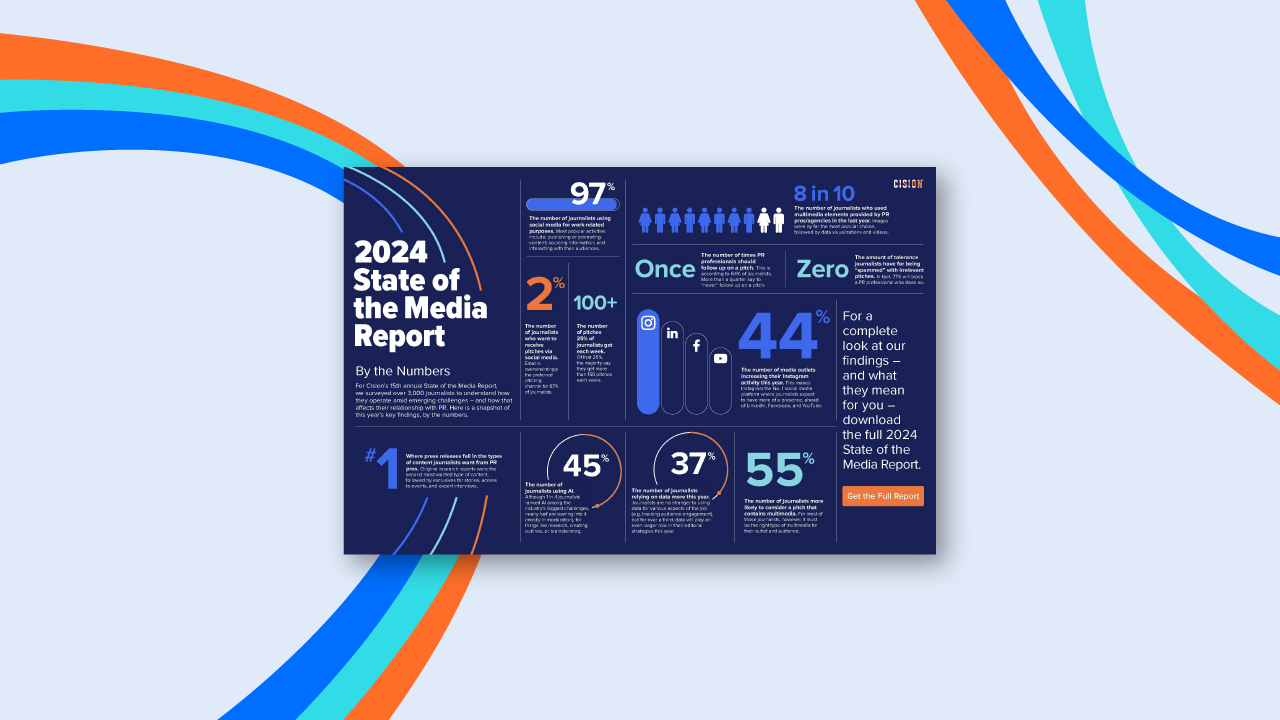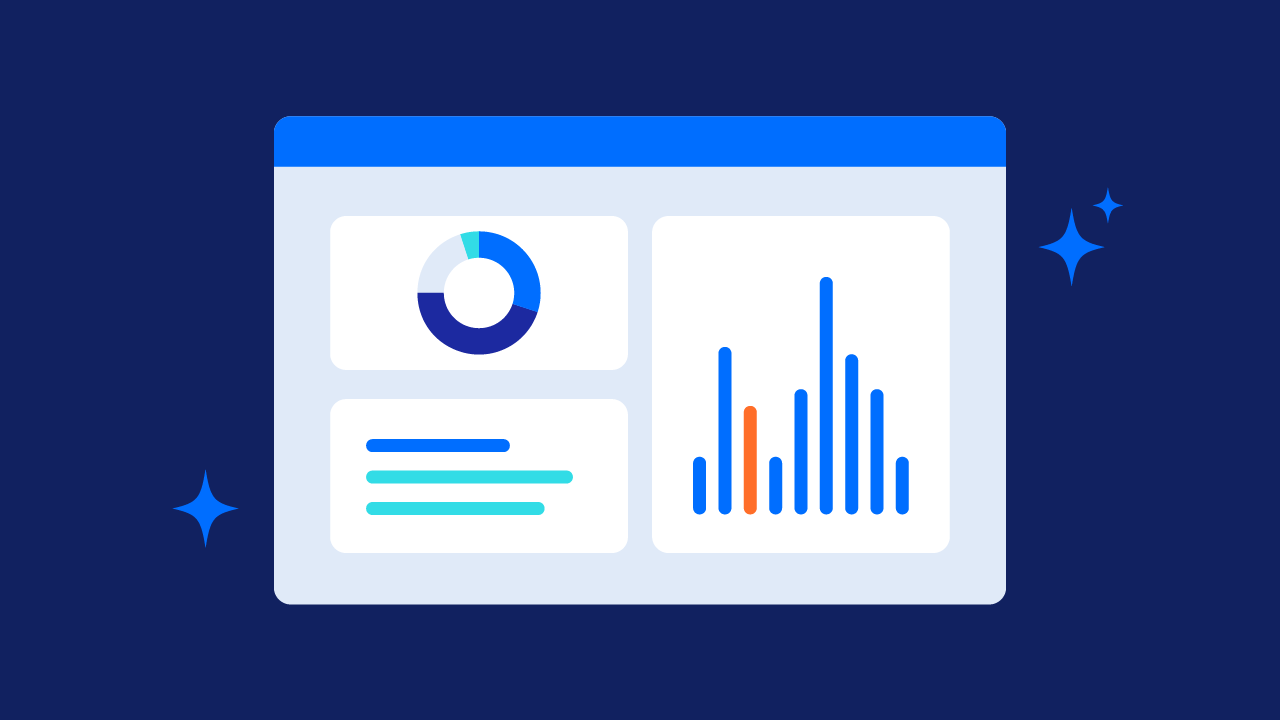Before GPS and turn-by-turn navigation, the atlas was a road trip essential. Directions were far from automatic. They required work – planning, measurement, and collaboration. You had to be alert and ready to react. One wrong turn and you were lost. But after a decade with Google, Waze, and even MapQuest, Rand Mcnally riding shotgun feels like a lifetime ago. Now with a few clicks, your entire trip is efficiently planned and you feel prepared for the unexpected.
It also was not very long ago that PR pros relied on an “atlas” to navigate their media relationships. In fact, Cision’s 2012 Bacon’s Media Directory is on Amazon. To identify target journalists, PR pros had to flip through hundreds of pages and multiple books to discover journalists based on circulation, media type, location, and industry. Like a 90s road trip, media outreach was inefficient, gut-driven, and a hassle.
Fast forward to today and PR technology has made significant leaps. At your fingertips is the contact information for more than a million journalists and a billion influencers. Robust pitching profiles provide deep insights and understandings. Integrated engagement tools make it effortless to connect with your target contacts, and sophisticated measurement and analysis programs offer an abundance of data. But despite the availability of new, AI-powered PR platforms, communicators continue to struggle to identify the right journalists.
The media landscape is overwhelming. On one hand the number of traditional journalists continues to decline, while the number of freelance and non-traditional influencers explodes. With low barriers to entry, thousands of new websites and social channels are launched every day. For communicators, it has become a complicated process to understand who to, how to, and when to reach out to journalists. It’s no surprise that 70% of communicators rely on their existing media relationships to inform their outreach strategy. While your go-to press contacts are a reliable, surefire way to receive coverage, they’re only a fraction of your industry’s total addressable market.
It’s no secret that using a media contact database, like Cision, is an integral step in the comms workflow. Identifying and building relationships with new and emerging journalists and influencers is critical to brand awareness. But like they did in the Bacon days, PR pros still rely on directional data points like potential reach, industry verticals, and outlet location. When it comes to media relations, the gut-driven methodology to identify and reach out to journalists has not evolved.
Through the eyes of a journalist, PR pros are not effective with their outreach. According to Cision’s 2020 State of the Media, which surveyed more than 3,250 journalists from all over the world, the vast majority of pitches the media receive are irrelevant. The number one thing PR pros can improve upon is understanding a journalist’s target audience and what they find relevant. PR pros must develop a deep understanding of who their brand’s desired audience is and discover the journalists, publications, messages, and types of content that resonates with that audience.
This modern PR approach starts with modern data.
Now, PR professionals can lift the curtain to reveal the true reach of their earned media placements. Cision’s recently launched article-level viewership data, which builds on its exclusive audience and attribution technology, enables PR pros to precisely understand which journalists and publications perform best with their target audiences.
For example, instead of benchmarking USA Today’s 154M Unique Visitors Per Month (UVPM), a PR pro can report more precisely that 15k people were exposed to a specific article. They can also learn that if a blogger with a UVPM of 125k reached 30k people, that blog is proving to be more impactful than USA Today. PR professionals can also use the technology to analyze their competitors' news and gain valuable insights into the efficacy of their earned media campaigns. It’s extremely valuable during a crisis to quickly identify, gauge, and mitigate the biggest risks based on a journalist’s earned media reach. From media relations and market research, to message optimization and crisis management – article-level will help your PR program connect the dots.
Like a GPS, it’s smart and provides guidance and direction. Article-level data proves how an earned media placement drives success for your brand. It turns antiquated PR metrics into actionable intelligence that empowers you to adopt a data-driven, systematic approach to your PR and comms functions.






